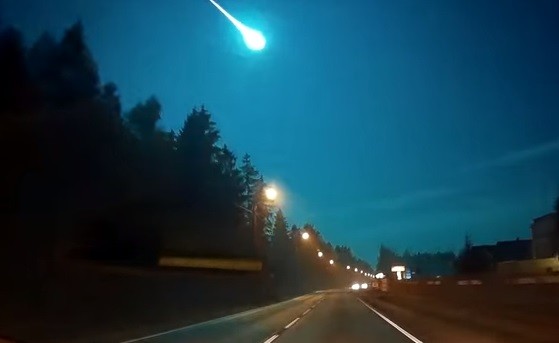Every year, Earth passes through a comet trail with debris left over, courtesy of the Comet Encke. This event occurs around September until November where it can provide a beautiful cosmic shower for stargazers this month, in the presence of the Taurid meteor shower or sometimes known as the Taurid swarm.
However, this year, it is expected to unveil a rather active shower from the Taurid meteors not in numbers, but in the form of fiery, long lasting fireballs that can burn the night skies with a fantastic light show. NASA also adds that just a pebble sized comet debris can generate a spectacular fireball.
For those who want to spot these incredible fireballs, NASA suggests that the best viewing time is after midnight where the nights get clear from light pollution and there is no existing moonlight that will overwhelm the fireballs' dance.
This month, the first two weeks are the best times to spot one or more fireballs, where chances will be good for spotting the Taurid meteors.
This particular meteor shower this month is known for its name since the fireballs will be originating from the Taurus constellation. Upon spotting one or many fireballs this week and the next, consider filing a report under the American Meteor Society where the group extensively studies the meteors and monitor them year round. The society's website also has a fireball log for stargazers to check their area of any possible sightings or if anyone in the same region also saw the same fireball.
Some comets rarely visit Earth such as Halley's that only appears every 75 years, but Encke takes a trip around the sun every 3.3 years which makes for more spectacular meteor showers this time of year. However, during the Taurus swarm, the showers remain discreet but this year's predictions may reveal a nightsky treat of unusually bright fireballs during the first two weeks of November.



























